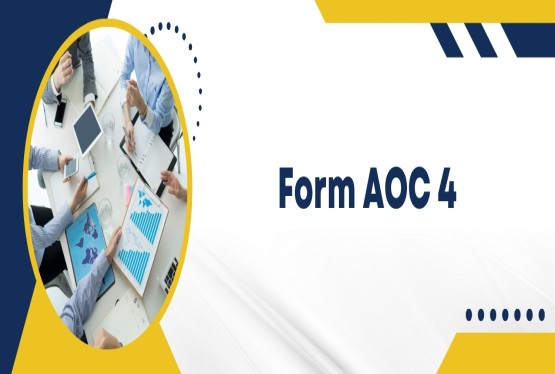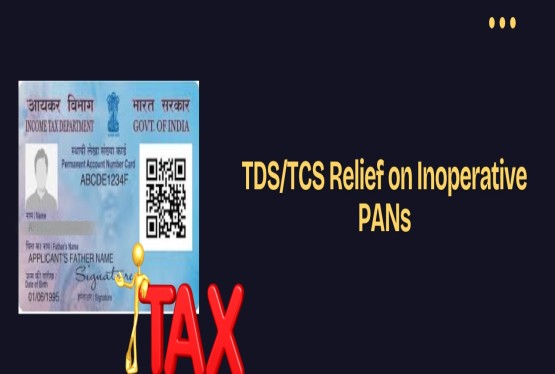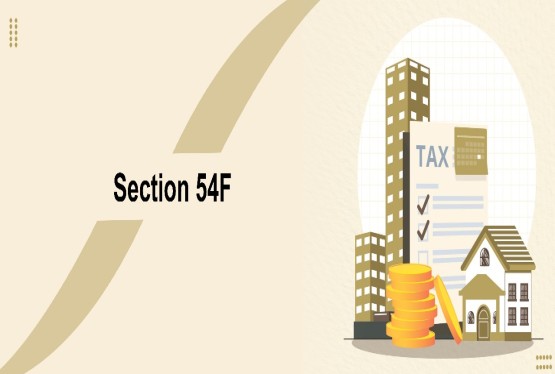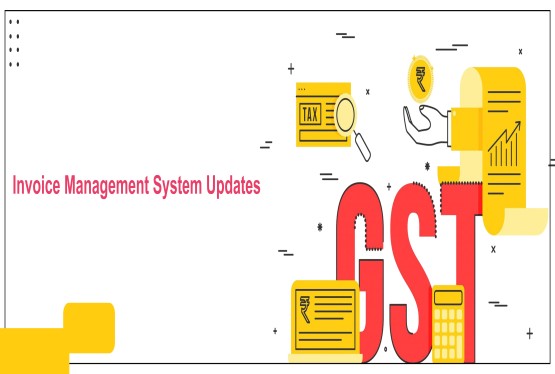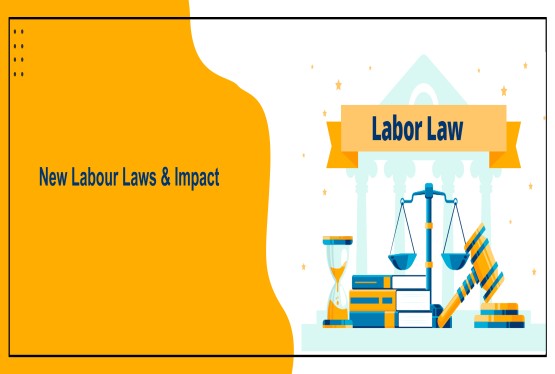A key aspect of the Goods and Services Tax (GST) system is its provision for an uninterrupted and a unified Input Tax Credit (ITC) flow. This mechanism is designed to prevent the cascading effect of taxes, commonly referred to as "tax on tax." In the current taxation structure, taxes levied by the Central Government cannot be offset against those imposed by State Governments, and vice versa.
Under GST, however, both Central and State Governments impose taxes concurrently within a unified framework. This ensures that taxes paid at each stage of the supply chain can be credited against the taxes due in subsequent stages, creating a smooth, integrated system. This concurrent taxation approach allows businesses to claim ITC more effectively, reducing the overall tax burden and promoting efficiency.
Recently, On October 8, 2024, The Central Government introduced a waiver of interest and penalties for specific non-fraudulent Input Tax Credit (ITC) claims made during the period from 2017 to 2020. This relief, implemented under Section 128A of the CGST Act, was announced through Notification No. 21/2024 on October 8, 2024. The waiver is subject to stringent conditions and does not cover erroneous refunds. This measure aims to simplify the ITC claim process while encouraging accurate and compliant reporting by businesses.
Understanding the Cascading Effect of Taxes in the Current System
To illustrate how tax cascading occurs, consider a manufacturer producing pens. The production requires several inputs such as plastic granules, refill tubes, and metal clips, all subject to central excise duty. Let's assume the total cost of these inputs is Rs.10, with a central excise duty of 10%, resulting in Rs.1 in tax.
Once the pen is manufactured, it costs Rs.20 and is subject to a 10% central excise duty, amounting to Rs.2. The manufacturer can offset the Rs.1 tax already paid on inputs against this duty, so they only need to pay an additional Rs.1 in cash (Rs.1 + Rs.1 = Rs.2). Consequently, the final price of the pen becomes Rs.22, with duty only applied to the value-added during production. This system effectively prevents cascading at this stage.
However, Value Added Tax (VAT) must be applied when the pen is sold to a trader. The manufacturer cannot offset the central excise duty paid on the pen against the VAT because central exercise and VAT are administered by different authorities (Central and State Governments, respectively). Therefore, VAT is levied on the full Rs.22, including the Rs.2 excise duty. This results in VAT being charged not just on the pen’s base value of Rs.20, but also on the excise duty of Rs.2—an example of the cascading effect, where tax is applied on top of a previous tax.
Goods and Services Tax (GST) and Mitigation of Tax Cascading
GST aims to eliminate the cascading effect of taxes by consolidating most indirect taxes imposed by both Central and State Governments into a single unified levy. The key taxes that will be subsumed under the GST system include:
Central Taxes:
-
Central Excise Duty
-
Additional Excise Duties
-
Excise Duty under the Medicinal & Toilet Preparations Act
-
Additional Customs Duties (CVD and SAD)
-
Service Tax
-
Various Surcharges and Cesses
State Taxes:
-
State VAT or Sales Tax
-
Central Sales Tax (CST)
-
Purchase Tax
-
Entertainment Tax (excluding local body leaves)
-
Luxury Tax
-
All forms of Entry Tax
-
Taxes on Lotteries, Betting, and Gambling
-
State-level Surcharges and Cesses
This integration simplifies the tax structure, promotes transparency, and reduces the overall tax burden by applying taxes uniformly across the supply chain.
Eligible and Ineligible Input Tax Credit (ITC) Claims Under GST
Not all Input Tax Credit (ITC) claims are permissible under the GST framework. Certain credits are specifically blocked or restricted by law.
Examples of Ineligible ITC Claims:
1. Lost or Damaged Goods:
ITC cannot be claimed on GST paid for goods that are stolen, destroyed, lost, given as gifts or free samples, or written off.
2. Membership Fees:
ITC is not available for GST paid on memberships in fitness centers, clubs, or gyms.
3. Personal Use Items:
Any GST paid on goods or services purchased for personal use by the registered taxpayer or their employees is ineligible.
4. Vehicles and Conveyances:
ITC cannot be claimed for GST paid on motor vehicles and conveyances.
Exception: If these are used for transporting goods, training, or passenger services, the ITC is allowed.
5. Food and Healthcare Services:
GST paid on food, beverages, health services, outdoor catering, cosmetic or plastic surgery, and beauty treatments is generally blocked.
Exception: ITC is permitted if these services are part of a taxable outward supply or a composite/mixed supply.
6. Employee Travel Benefits:
Travel benefits provided to employees, such as home travel concessions or vacation leave, are not eligible for ITC.
7. Corporate Social Responsibility (CSR):
Expenditures related to CSR activities by corporations are not eligible for ITC claims.
Conditions for Claiming ITC
1. Valid Tax Invoice: The dealer must possess a tax invoice.
2. Receipt of Goods/Services: The claimed goods or services must have been received.
3. GSTR-3B Filing: The recipient must have filed GSTR-3B.
4. Supplier's Tax Payment: The supplier must have paid the tax to the government.
5. Invoice Payment: The recipient must pay the invoice amount within 180 days from the invoice date.
6. Installment Deliveries: If goods are received in installments, ITC can only be claimed when the final lot is received.
7. Business Use: ITC is only available for taxable goods or services used for business purposes.
8. Depreciation Clause: No ITC is allowed on capital goods if depreciation is claimed on the tax component.
9. Time Limits: ITC claims must be made within the earlier date of:
November 30th of the year following the financial year of the invoice.
The date of filing the annual return.
10. Matching in GSTR: ITC claims in GSTR-3B must align with details in GSTR-2B as per CGST Rule 36(4).
11. Exclusion of Composition Scheme: Those under the composition scheme cannot claim ITC.
Who Can Claim ITC Under GST?
Any registered taxpayer under GST is eligible to claim ITC on goods, services, or both, procured as inward supplies. Utilizing tools like GST calculators can help taxpayers determine their eligibility and streamline the claim process.
Documents Required to Avail Input Tax Credit (ITC)
To claim ITC, the following documents are essential:
1. Supplier’s Invoice: Issued for goods or services supplied.
2. Recipient’s Invoice: Issued by the recipient, accompanied by proof of tax payment.
3. Debit Note: Issued by the supplier in case of adjustments or additional charges.
4. Bill of Entry: Or any other document prescribed under the Customs Act for imported goods.
5. Revised Invoice: Applicable when corrections are made to previously issued invoices.
6. Input Service Distributor (ISD) Document: Issued for the distribution of ITC by the ISD.
Time Limit for Claiming Input Tax Credit (ITC) under GST
Input Tax Credit (ITC) can be claimed through GSTR-3B within the time limit specified by GST law. The deadline to claim ITC on invoices or debit notes issued in a financial year is the earlier of the following two dates:
-
30th November of the subsequent financial year, or
-
The date of filing the annual return for that financial year.
Note: Although the deadline is 30th November of the following year, ITC is reported through GSTR-3B. Therefore, the due date for filing GSTR-3B without a late fee is considered crucial. For instance, GSTR-3B for October of the subsequent year is due by the 20th of November. If a taxpayer misses filing GSTR-3B by this date, they can still claim pending ITC for the financial year in the return filed by 30th November with applicable late fees.
Example:
If an invoice dated 30th December 2023 was issued to ABC Company and the annual return for FY 2023-24 has not yet been filed, the company can claim ITC on this invoice by 30th November 2024. This ITC should ideally be reported in GSTR-3B for October 2024, due by 20th November 2024.
How to Claim Input Tax Credit (ITC) Under GST?
Registered taxpayers seeking to claim ITC under GST must follow these essential steps to ensure compliance and accuracy:
1. Review GSTR-2B: Check your GSTR-2B statement, an auto-generated document that displays ITC details based on your suppliers’ returns. This ensures your claims are accurate and aligned with supplier data.
2. Reconcile Invoices: Compare the invoice-wise ITC recorded in your books with the information in GSTR-2B. Ensure all entries match to avoid discrepancies.
3. Report in GSTR-3B: When filing the monthly GSTR-3B return, declare your output tax liability and the reconciled ITC data from the previous step.
4. Address Discrepancies with Suppliers: If there are any mismatches in ITC data, follow up with your suppliers to correct their filings or resolve any discrepancies.
5. Reconcile and Adjust in Future Returns: Resolve any differences identified and adjust or claim the corrected ITC in your next month’s return.
6. Reverse Excess ITC with Interest: If any excess ITC has been mistakenly claimed, ensure it is reversed promptly, along with applicable interest charges.
Types of GST and Credit Utilization
GST includes three tax types: CGST, SGST, and IGST, each with specific rules for credit utilization:
-
Central Goods and Services Tax (CGST): Collected by the central government for intra-state transactions. CGST credit first offsets CGST liability, and any remaining credit can be used for IGST liability.
-
State Goods and Services Tax (SGST): Collected by the state government for intra-state transactions. SGST credit offsets SGST liability first, then IGST liability if there is a balance.
-
Interstate Goods and Services Tax (IGST): Collected by the central government for inter-state transactions. IGST credit offsets IGST liability first, followed by CGST and SGST liabilities if there is a surplus.
Special Cases of Input Tax Credit (ITC)
ITC for Capital Goods
Under GST, ITC is available on capital goods, with a few exceptions. ITC cannot be claimed if:
-
The capital goods are used solely for producing exempt goods.
-
The capital goods are used for non-business (personal) purposes.
Additionally, ITC cannot be claimed if depreciation on the tax component of the capital goods has been claimed.
ITC on Job Work
A principal manufacturer can send goods to a job worker for further processing. For example, a shoe manufacturer may send partially made shoes to job workers for sole attachment. The principal can claim ITC on the tax paid for goods sent for job work, whether the goods are sent from the principal’s location or directly from the supplier’s place of supply. To qualify for ITC, the principal must receive the goods back within one year, or three years for capital goods.
ITC Provided by Input Service Distributor (ISD)
An Input Service Distributor (ISD), like a head office or a branch of a GST-registered person, consolidates the input tax credit from all purchases and distributes it across various branches. The distribution is done under different categories such as CGST, SGST/UTGST, IGST, or cess.
ITC on Transfer of Business
In cases of business transfers, mergers, or amalgamations, the available ITC of the transferor can be transferred to the transferee as part of the business transfer process.
Reconciling ITC
ITC reconciliation involves matching the buyer's records with the supplier's transactions to ensure consistency and verify compliance. For example:
Transaction Example:
MK Kitchen Knives purchases 10 tonnes of steel from GH Steelware Inc., with both parties registered under GST.
-
GH Steelware Inc. files their GSTR-1, detailing the sale.
-
MK Kitchen Knives' GSTR-2B auto-generates from the supplier's GSTR-1 data.
-
After verifying that the supplier has filed their returns, MK Kitchen Knives can claim the ITC.
Reconciliation ensures transparency and accuracy in ITC claims, allowing tax authorities to verify transactions from both parties involved.
Recent Updates and Changes in ITC Rules
-
Businesses now have until November 30 to claim Input Tax Credit (ITC) for the previous financial year, an extension from the earlier deadline of September 30.
-
Since January 1, 2022, businesses can only claim ITC based on an auto-generated statement from the GST portal. This replaces the previous system of two-way communication.
-
The option to claim provisional ITC for unreported invoices has been discontinued. Claims must now be based entirely on the auto-generated statement.
-
The CGST Act now makes a distinction between ‘ITC availed’ (eligibility to claim ITC) and ‘ITC utilized’ (actual use of the credit). Interest may be charged on any excess ITC claimed.
Conclusion
India's tax system has undergone significant changes over time, with the introduction of the Goods and Services Tax (GST) being the most recent and impactful. A key element of GST is the Input Tax Credit (ITC), which facilitates a smooth flow of credit.
FAQs
Q1. Who is eligible for ITC in GST?
Ans. A registered taxable individual or business entity that pays applicable taxes during their business activities is eligible to claim ITC.
Q2. What is meant by input tax?
Ans. Input tax refers to CGST, SGST, IGST, UTGST, and taxes under the reverse charge mechanism, but excludes taxes paid under the composition scheme.
Q3. Can we claim ITC on hotel stays?
Ans. Yes, ITC can be claimed for GST on hotel services if the hotel charges SGST and CGST and is located within the same state as the business traveler or company. However, ITC is not allowed on in-house restaurant charges (5% GST).
Q4. How to calculate ITC?
Ans. Calculate ITC by adding up the GST paid on purchases during the relevant tax period. Identify which inputs are eligible for ITC, and then calculate the total ITC by multiplying the eligible GST paid by the applicable input percentage. Subtract the calculated ITC from the GST payable on sales for that period.
Q5. Is ITC refundable?
Ans. Yes, unused ITC can be refunded under conditions like the Inverted Duty Structure (IDS). To apply, fill out Statement 1 and Statement 1A of Form GST RFD-01A and confirm that no tax drawbacks have been claimed.
Q6. What is the ITC claim period?
Ans. You can claim ITC for invoices issued within a financial year until November 30 of the following year.
Q7. What are the benefits of ITC?
Ans. ITC reduces the overall tax burden by enabling businesses to offset input taxes against output taxes, improving cash flow and profitability.








_crop10_thumb.jpg)

















































































_for_FY_2025-26_crop10_thumb.jpg)












_learn_crop10_thumb.jpg)








_Filing_Due_Dates_for_FY_2024-25_learn_crop10_thumb.jpeg)







































_of_GST_Act_learn_crop10_thumb.jpg)










_Under_GST_learn_crop10_thumb.jpg)









_crop10_thumb.jpg)


_crop10_thumb.jpg)






_learn_crop10_thumb.jpg)






















_of_the_Income_Tax_Act_learn_crop10_thumb.jpg)



_learn_crop10_thumb.jpg)






_learn_crop10_thumb.jpg)






_crop10_thumb.jpg)




















_in_The_Income_Tax_Act,_1961_learn_crop10_thumb.jpg)



_learn_crop10_thumb.jpg)



_of_the_Income_Tax_Act_learn_crop10_thumb.jpg)

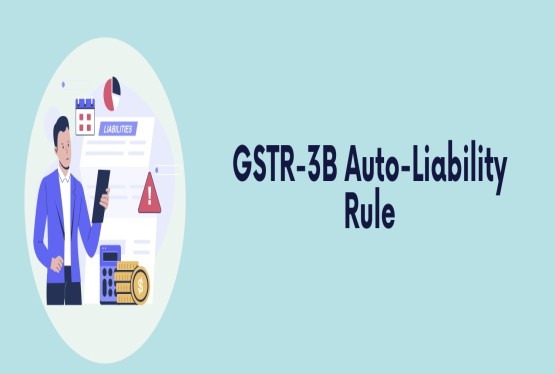
_Of_Income_Tax_Act_learn_crop10_thumb.jpg)








_learn_crop10_thumb.jpg)








_learn_crop10_thumb.jpg)
_crop10_thumb.jpg)






















_learn_crop10_thumb.jpg)
_for_Import_and_Export_learn_crop10_thumb.jpg)









